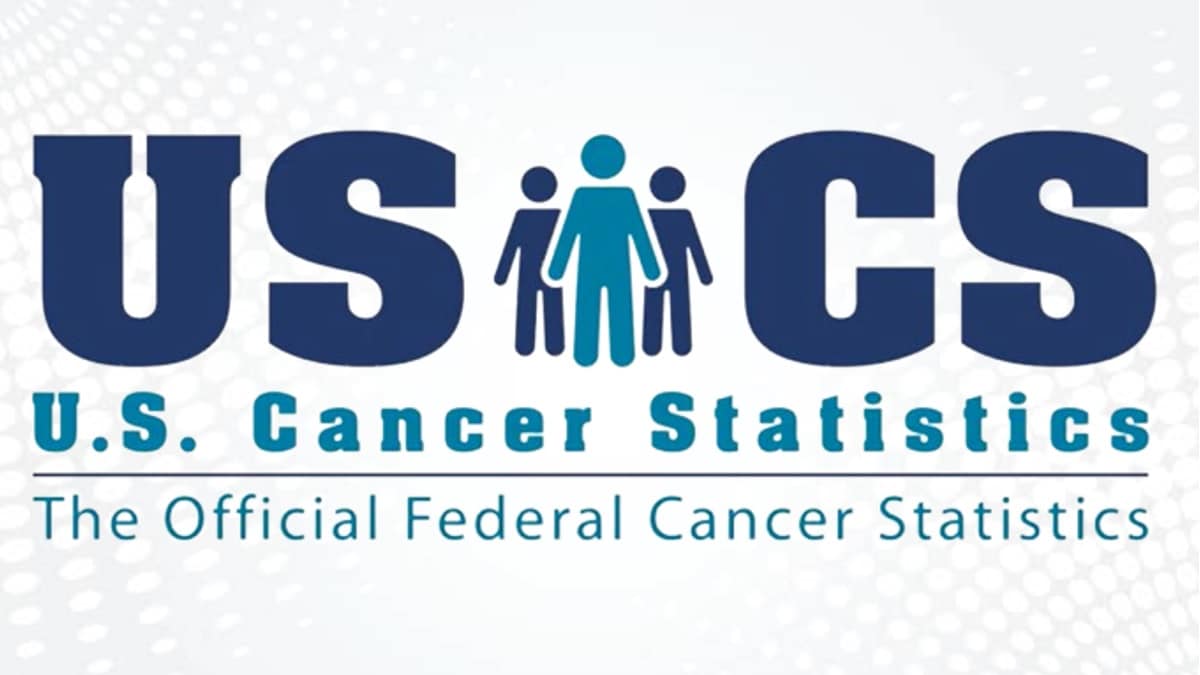What to know
The United States Cancer Statistics are the official government statistics on cancer. They provide information on newly diagnosed cancer cases and cancer deaths for the United States and Puerto Rico.

Background
The United States Cancer Statistics are the official federal cancer statistics. These statistics include cancer registry data from CDC's National Program of Cancer Registries (NPCR) and the National Cancer Institute's (NCI) Surveillance, Epidemiology, and End Results (SEER) Program, as well as mortality data from CDC's National Center for Health Statistics. The statistics provide information on newly diagnosed cancer cases and cancer deaths for the United States and Puerto Rico.
This national coverage enables the public, including researchers, clinicians, policy makers, and public health professionals, to:
- Monitor populations most affected by cancer.
- Evaluate the success of programs designed to prevent cancer and diagnose cancer at early stages.
- Identify additional needs for cancer prevention and control efforts at national, state, and local levels.
For detailed information about data sources, publication criteria, statistical methods, and how to interpret the data, see the Data Visualizations Tool Technical Notes.
U.S. Cancer Statistics
This video provides an overview of United States Cancer Statistics, the official federal cancer statistics.
Data Visualizations tool
The Data Visualizations tool makes it easy for anyone to explore and use the latest U.S. Cancer Statistics data.
Interactive graphics and data interpretations
- New cancer cases
- Cancer deaths
- Survival, stage, and prevalence
- By geography
- By sex, age, race, and ethnicity
- Over time
- Screening and risk factors
- Associated risk factors
